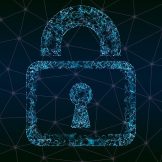3 Keys for Federal Agencies Navigating Zero Trust Mandates
Zero trust is the new standard for cybersecurity, but it poses challenges, and many federal agencies will miss a key 2024 deadline for implementing it. Here are four ways to comply with zero-trust requirements.










